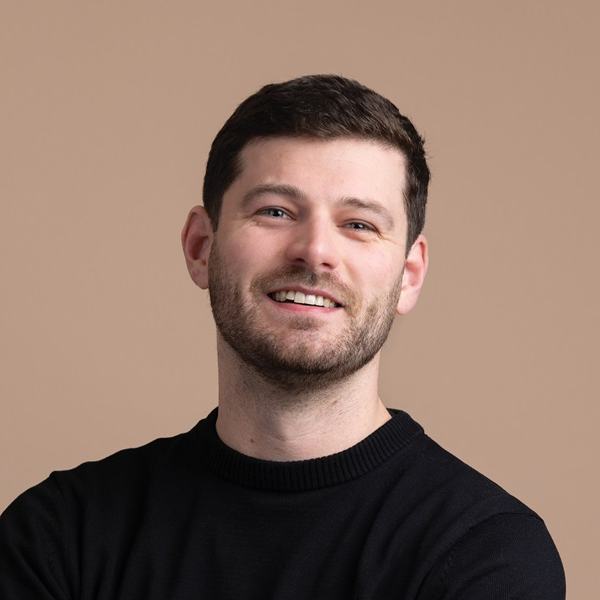Tom Lodder
Employee portrait

Tom Lodder
‘We’re addicted to mobility’
As an urban designer, Tom Lodder strives for compact, green, mixed living environments. So that residents can get around on foot or by bike, and dependency on cars is greatly reduced.
Pioneering village
‘In terms of the built environment, I grew up in a pioneering village. Zeewolde was designed for peaceful living, which made it a nice place to grow up in. But it’s also remote. You need a car to get anywhere. Because of this fact, I’m now critical of this type of urban design. Residential centres like Zeewolde create a huge need for mobility. Almost everyone who lives there works somewhere else, and many households have two cars. In the Netherlands, we’re addicted to mobility.’
Guest lecturer
‘After studying spatial planning, I combined working at Witteveen+Bos with a degree in urban design at the Academy of Architecture in Amsterdam. Several colleagues have since done the same. Now I’m a guest lecturer on urban design at Fontys University of Applied Sciences. I supervise students on an eleven-week design assignment. I try to give them guidelines on how to get from an idea to a design. An important and sometimes underappreciated aspect is what you want to achieve with your design. What is the vision behind your design choices? If you have a well-thought-out vision, you’re better able to convince the client. That’s just as important as the design itself.
As a student, I was encouraged to think about what fascinated me. I quickly realised that the car is a defining factor in every urban design. Children won’t play in streets filled with cars, for example. At Witteveen+Bos, we apply the STOMP principle. This means that, in our designs, we first provide space for walking and cycling. After that, we consider public transport, and lastly we think about Mobility as a Service and private cars.’

Denser and greener
‘One way to reduce private car use is to ensure proximity and density. More facilities nearby and shorter distances mean you’re more likely to go on foot or by bike. Our urban design plan for Breda’s railway zone, for example, focuses on green, car-free spaces that encourage playing and meeting. The child’s perspective has a central role: parking spaces are clustered at a distance and kept out of sight. Another recent example is the urban design vision and lay-out plan for the Duivendrecht train station. To create high-quality green entrance and waiting areas, we moved the cars outside. This resulted in an attractive ground-level entrance that will accommodate the many pedestrians and cyclists expected from the De Nieuwe Kern development.’
More information?
